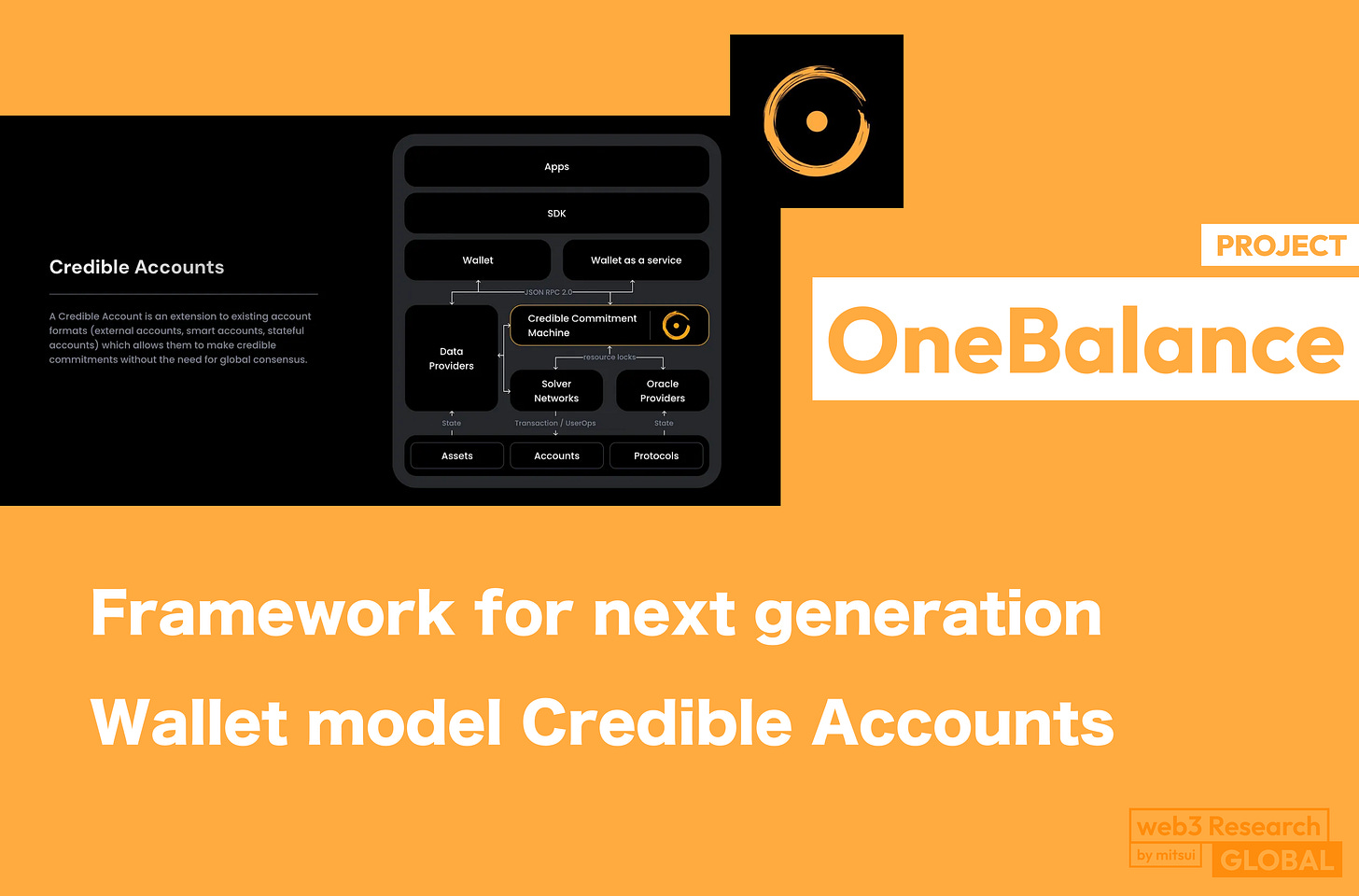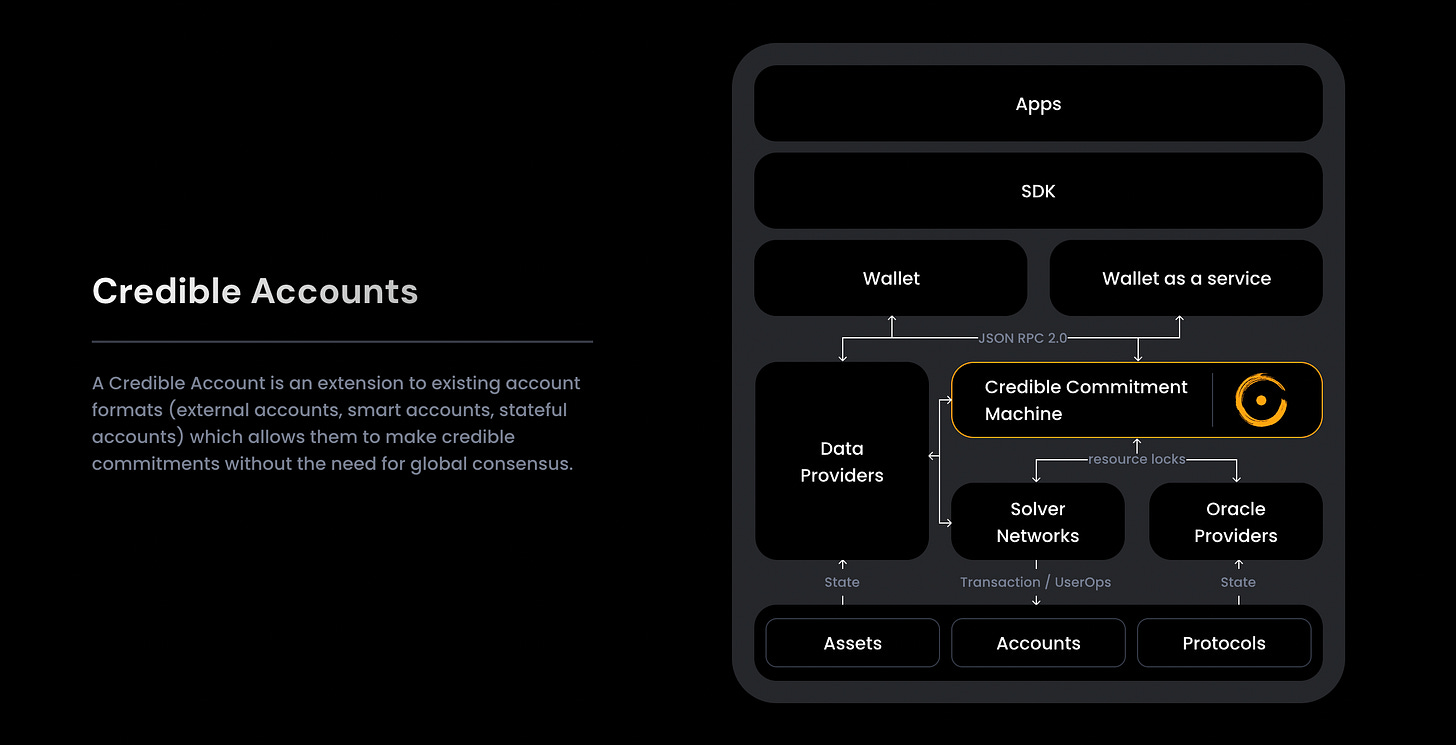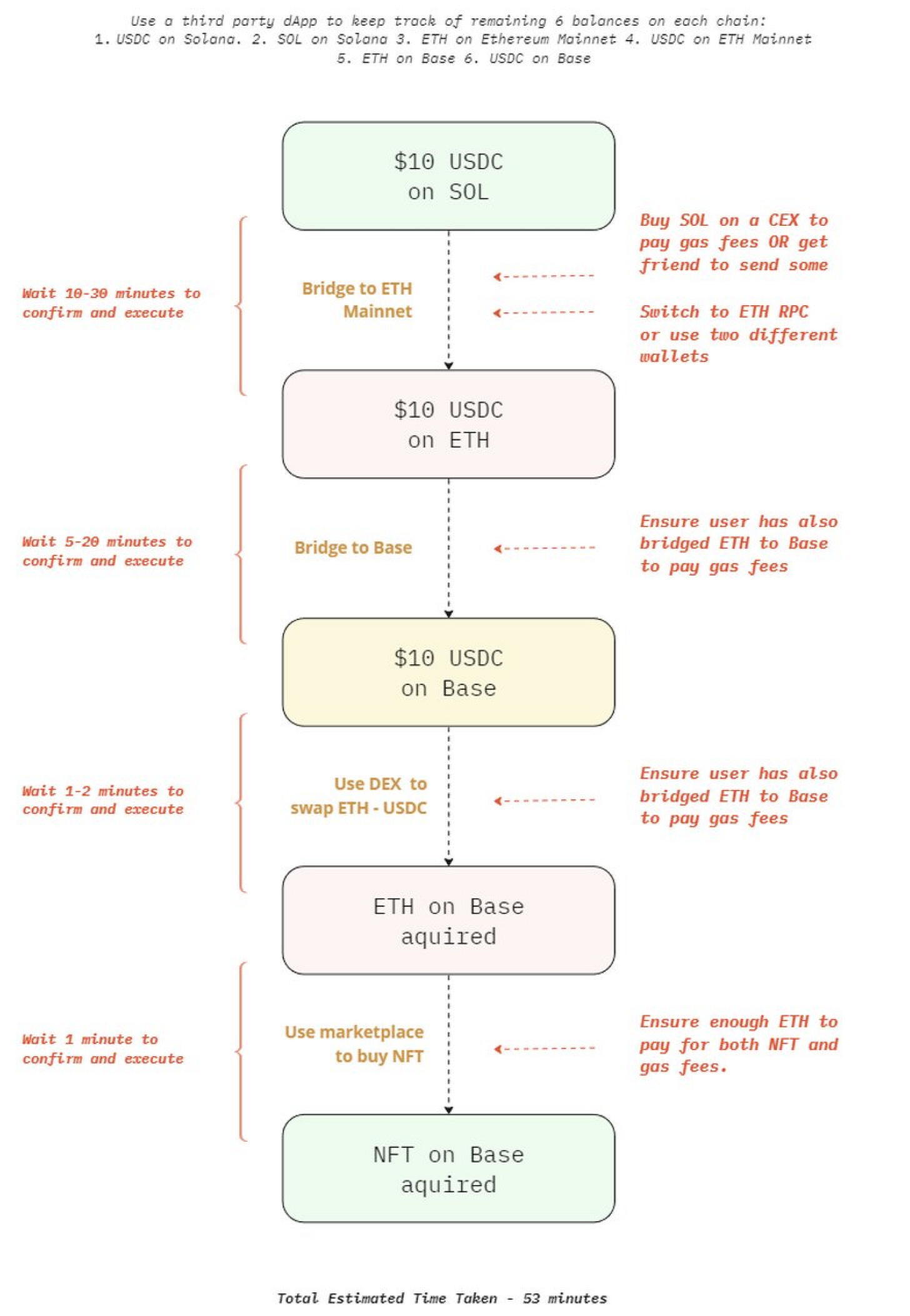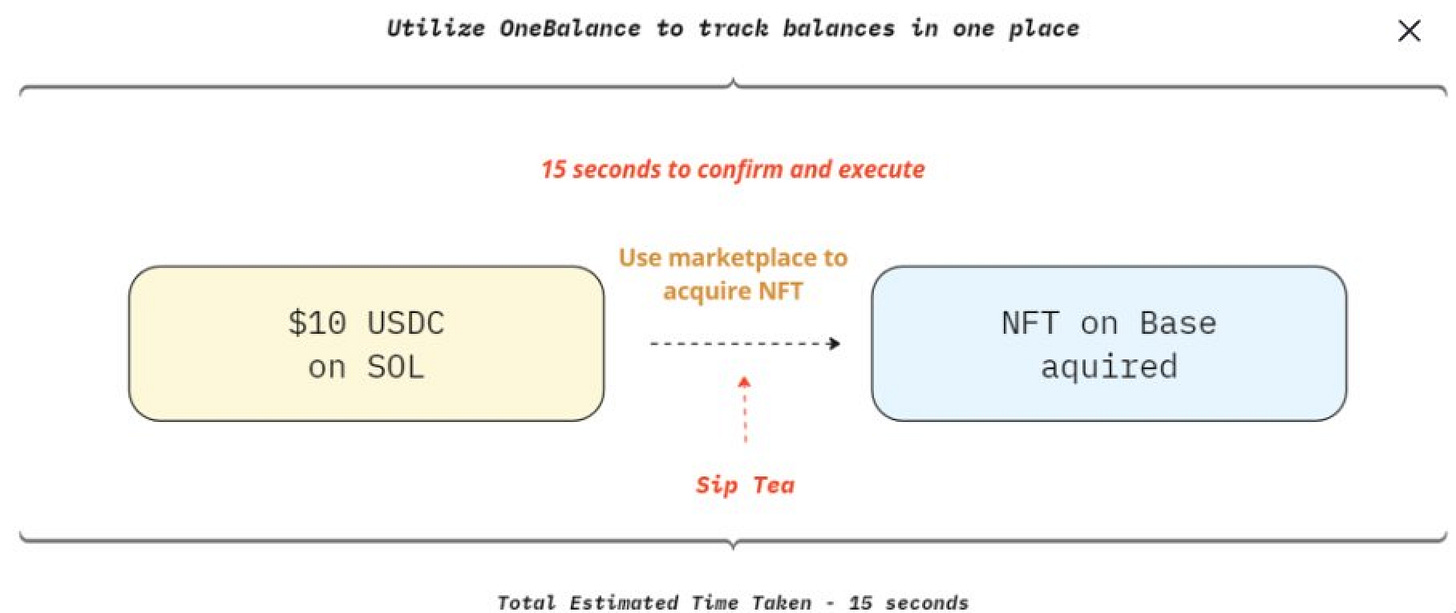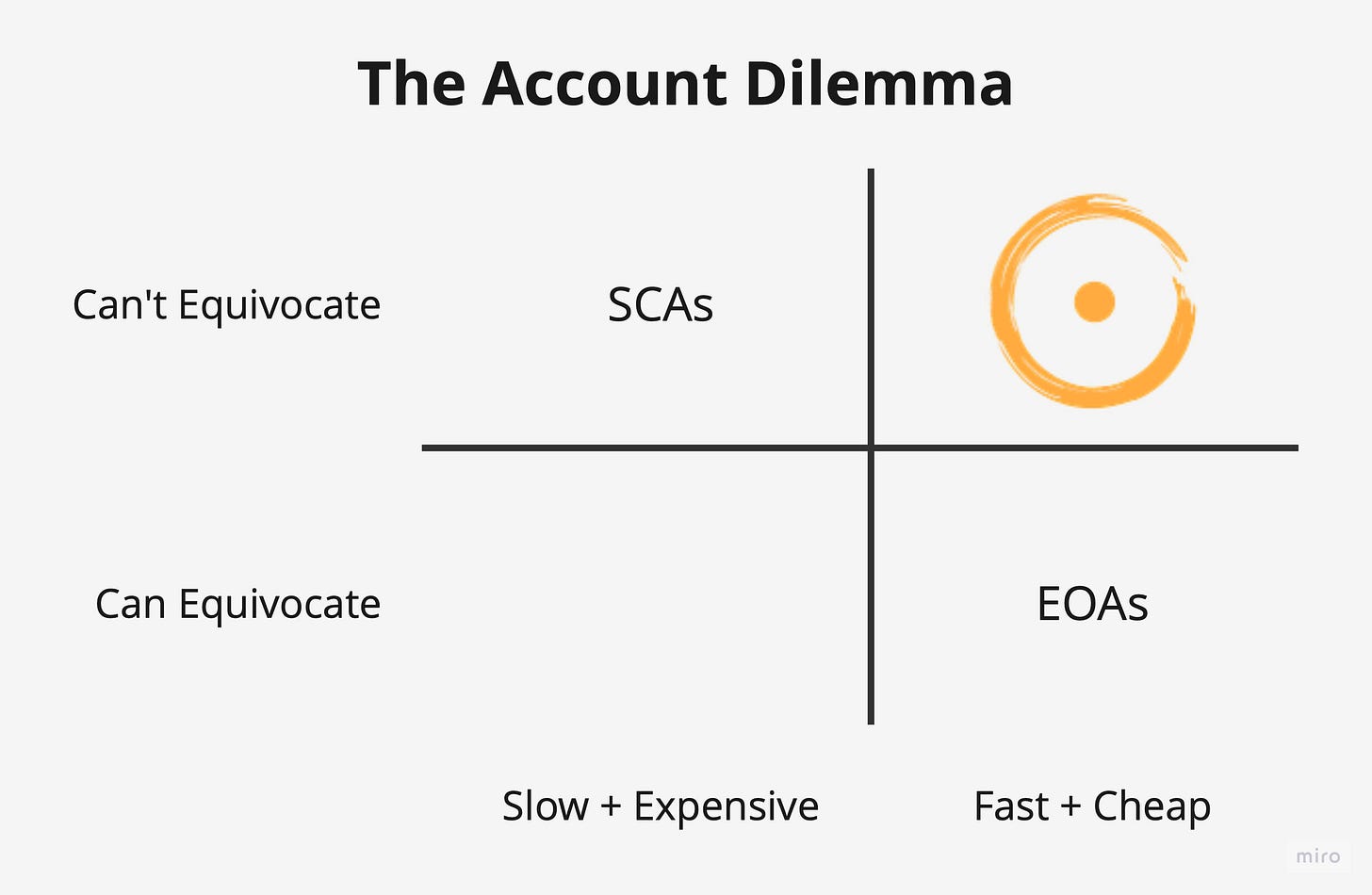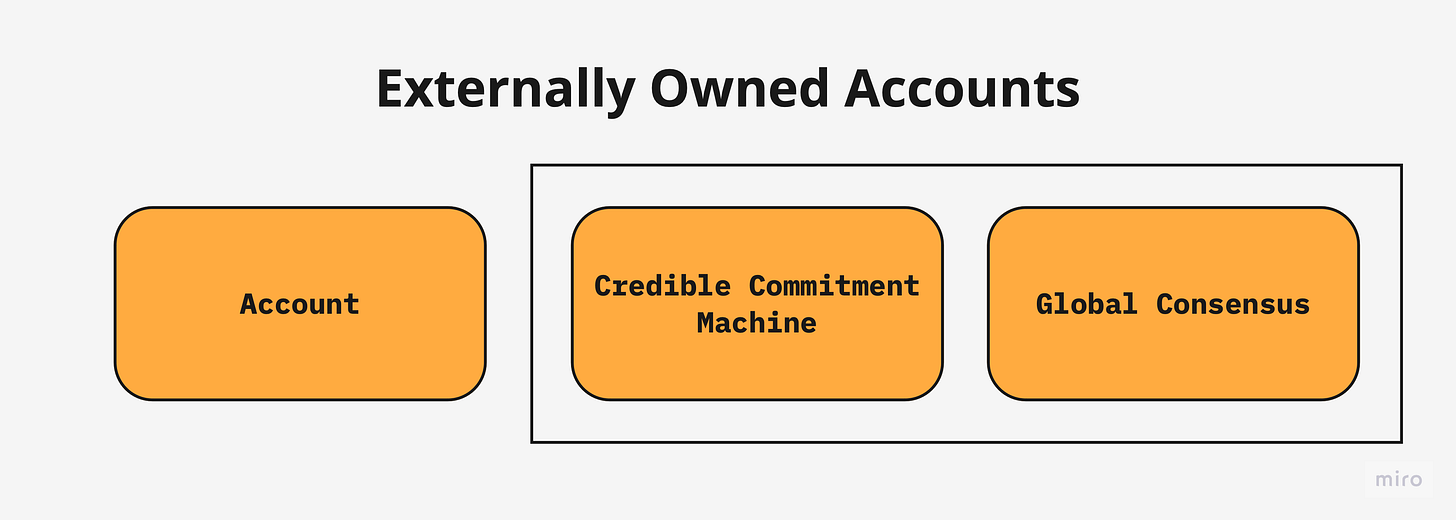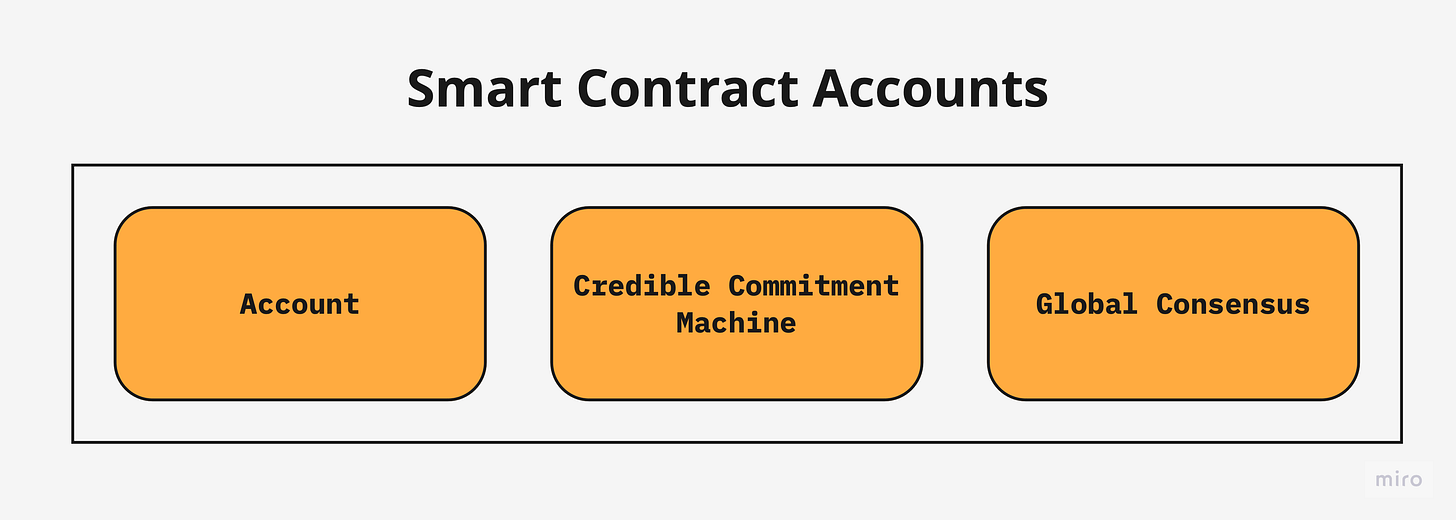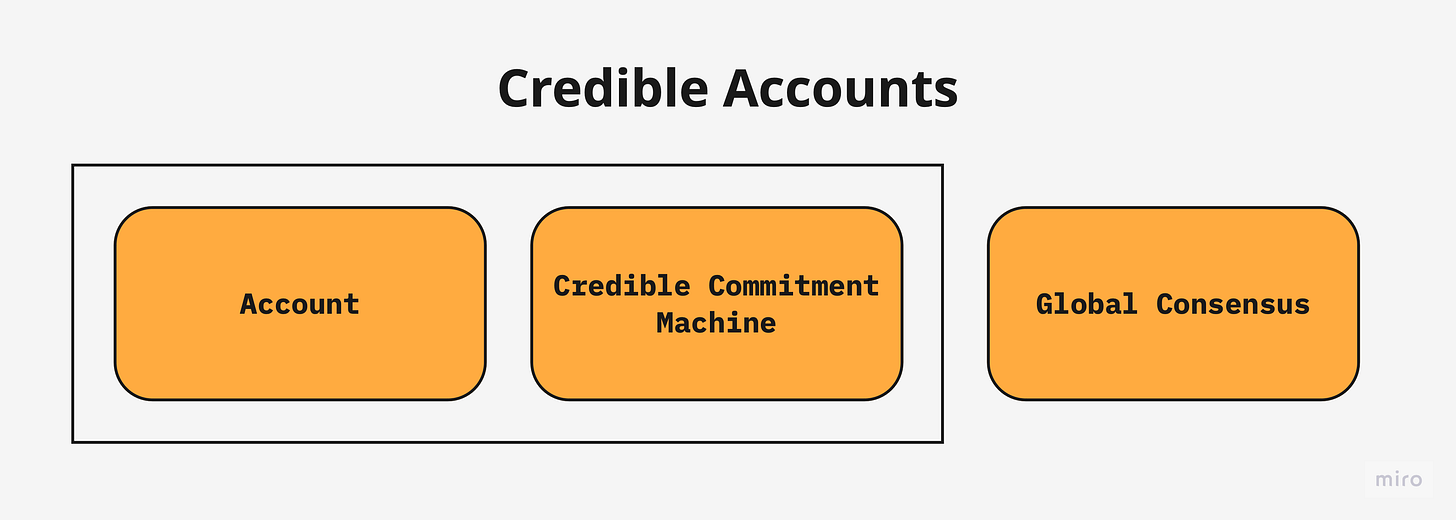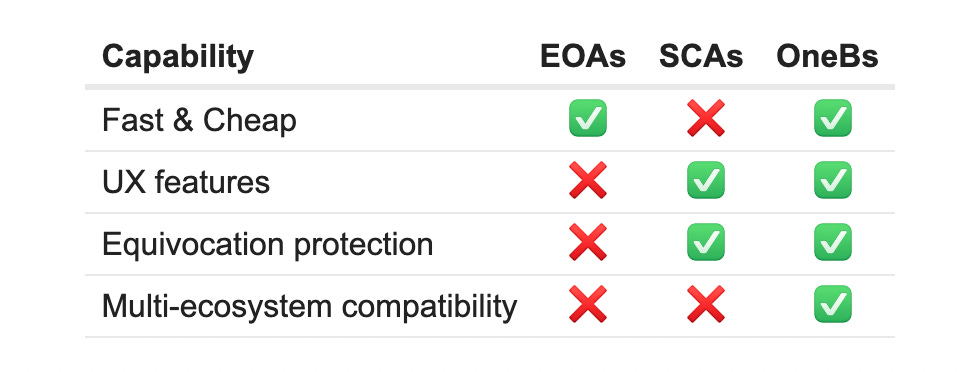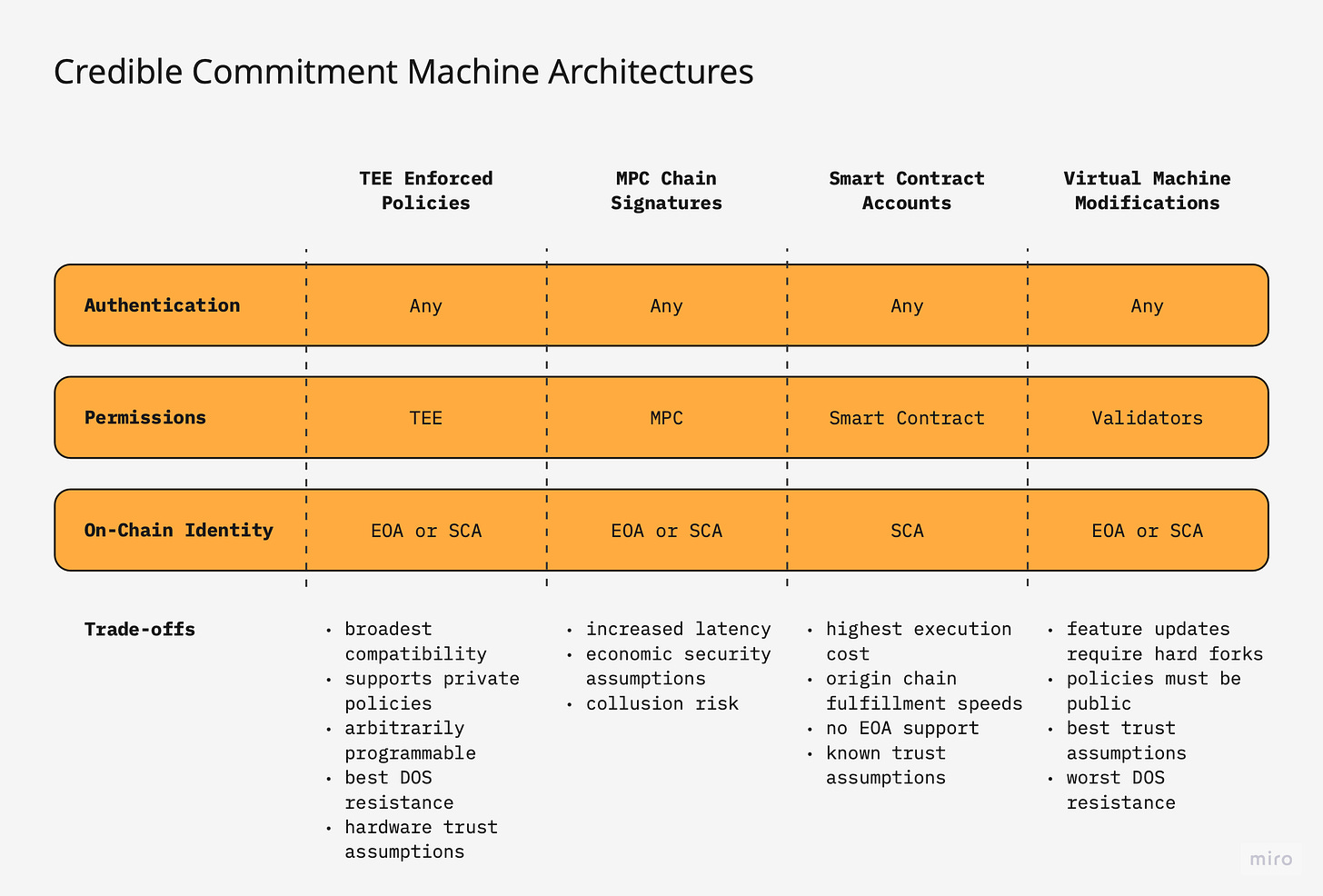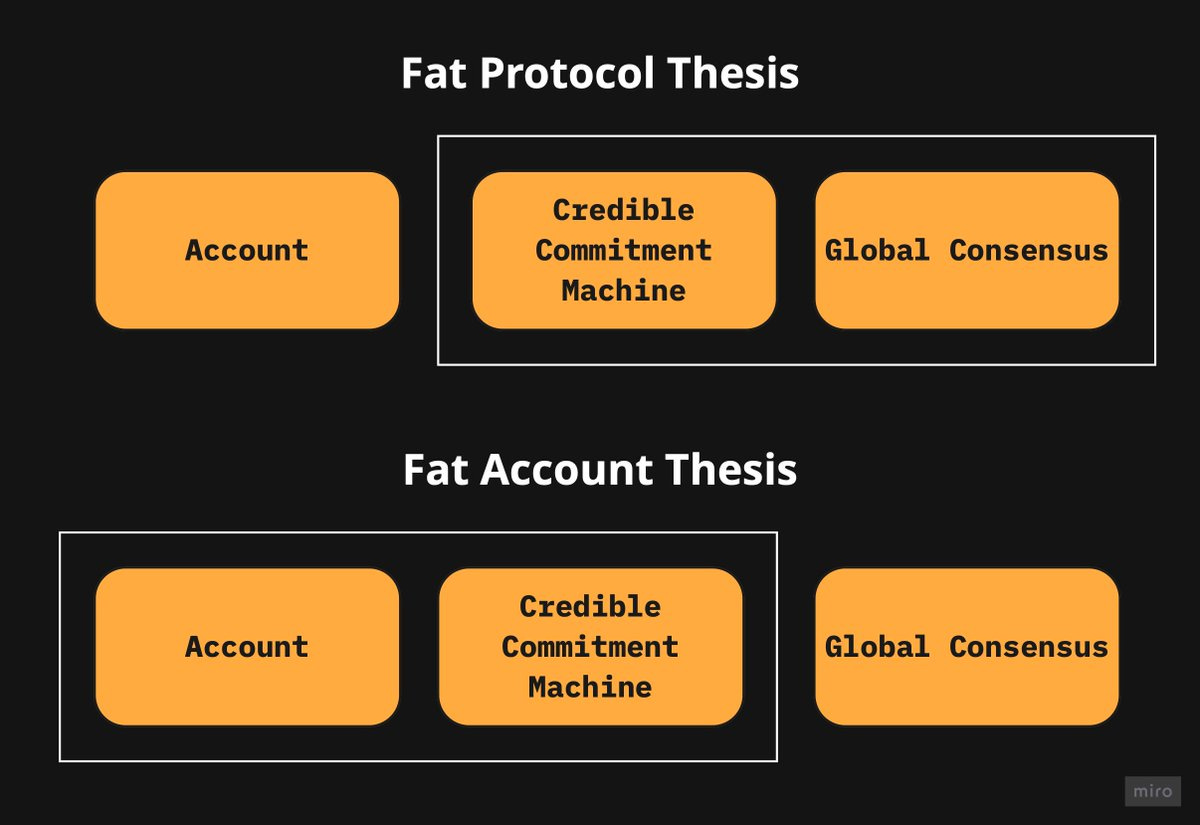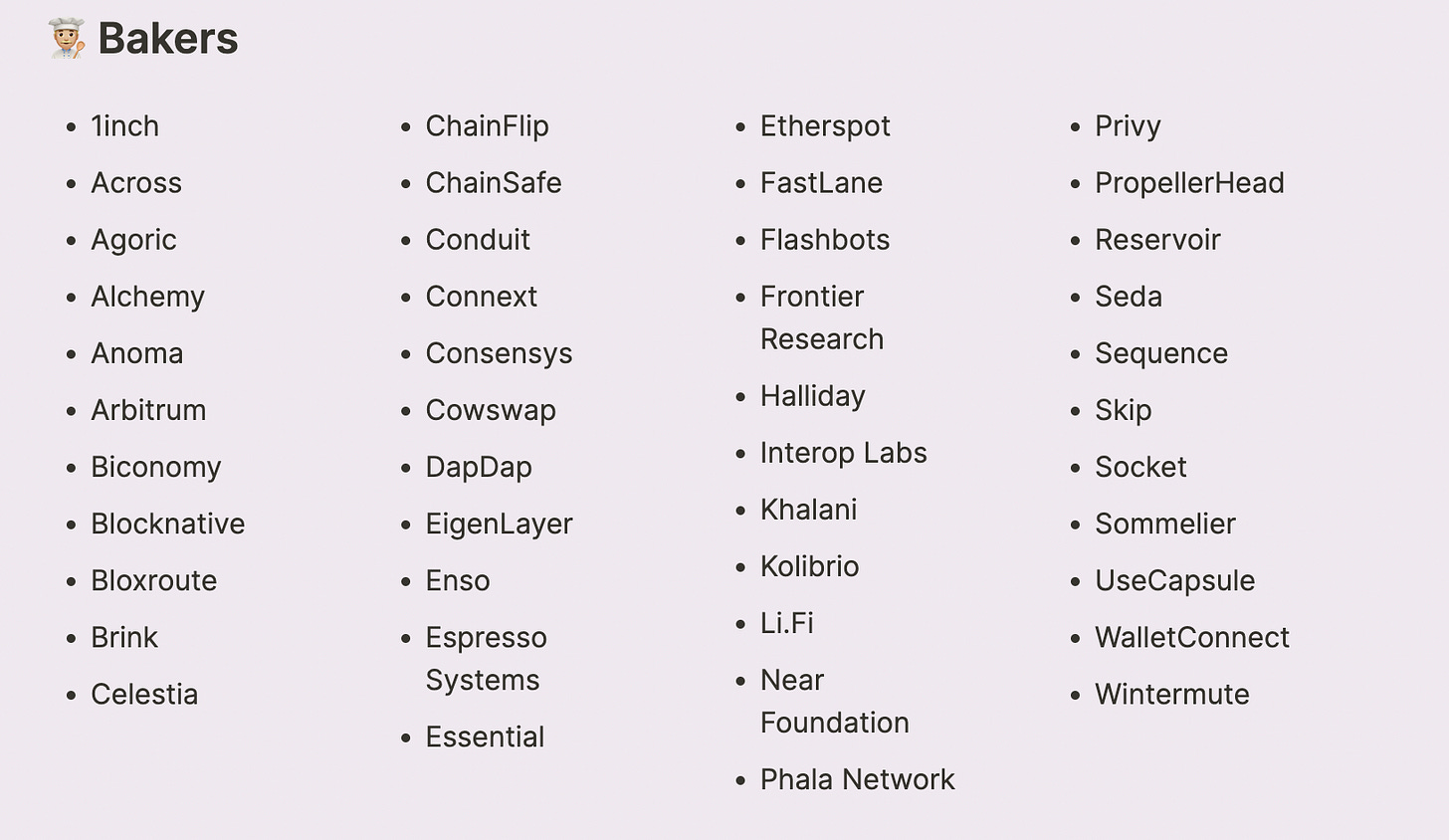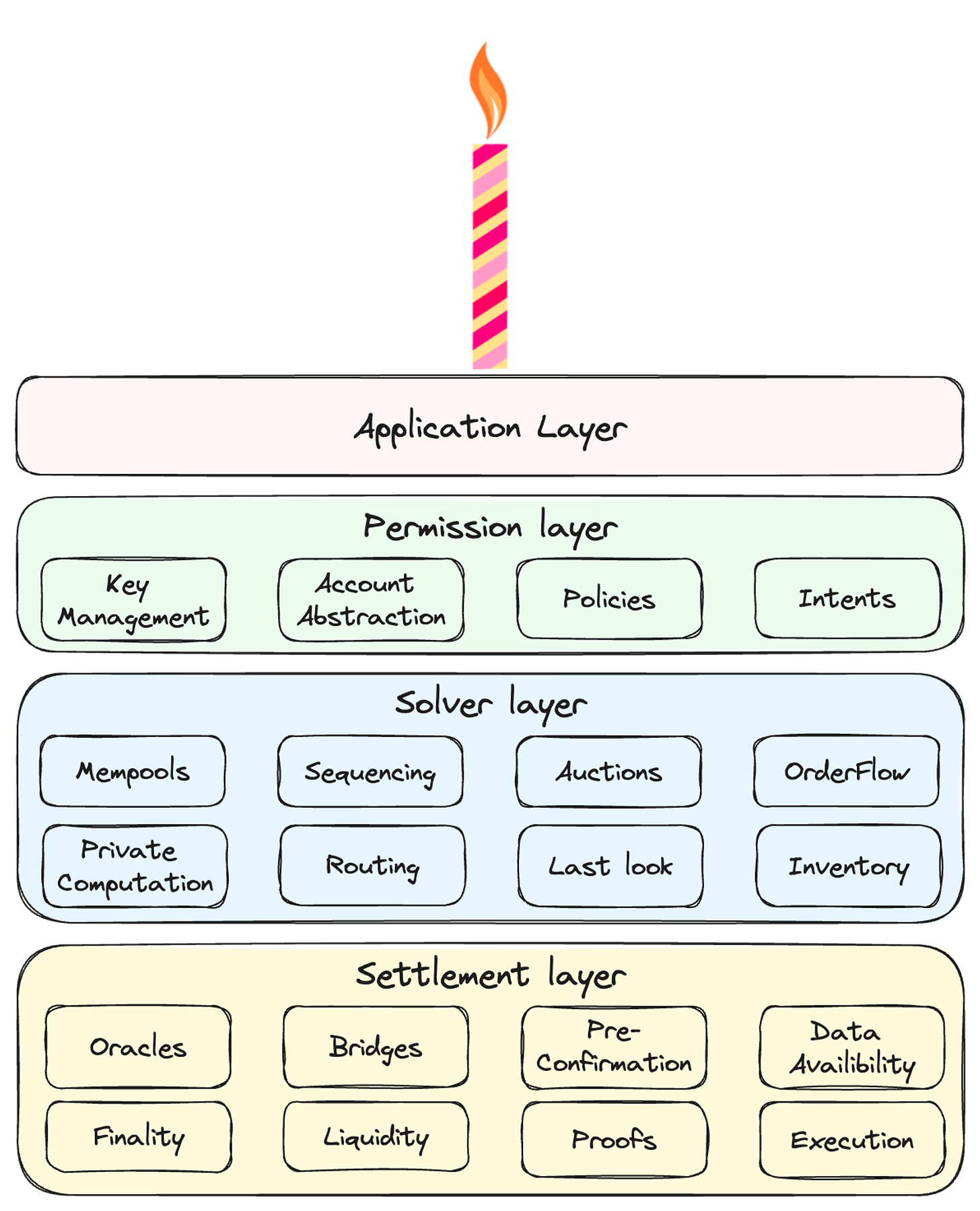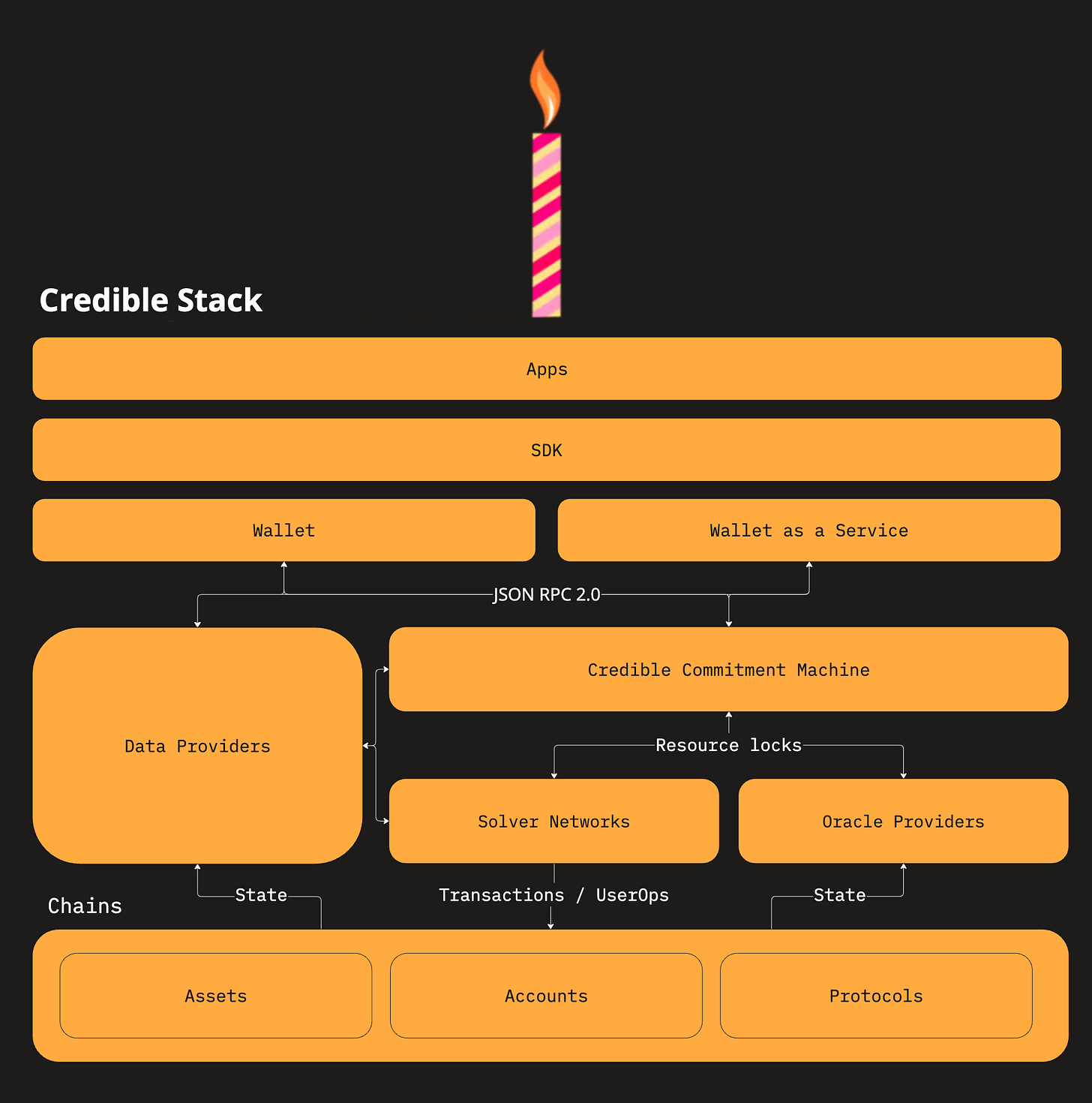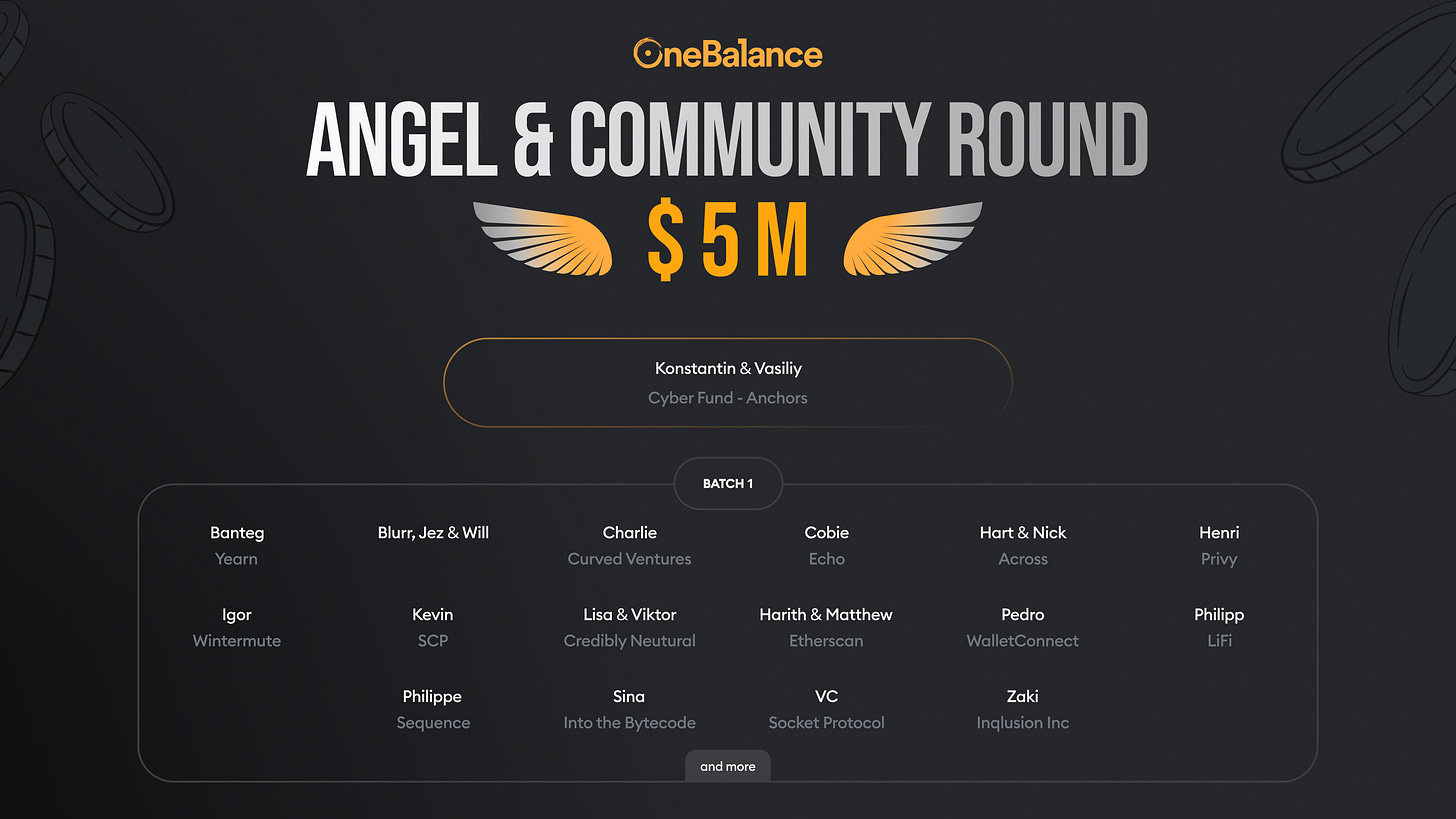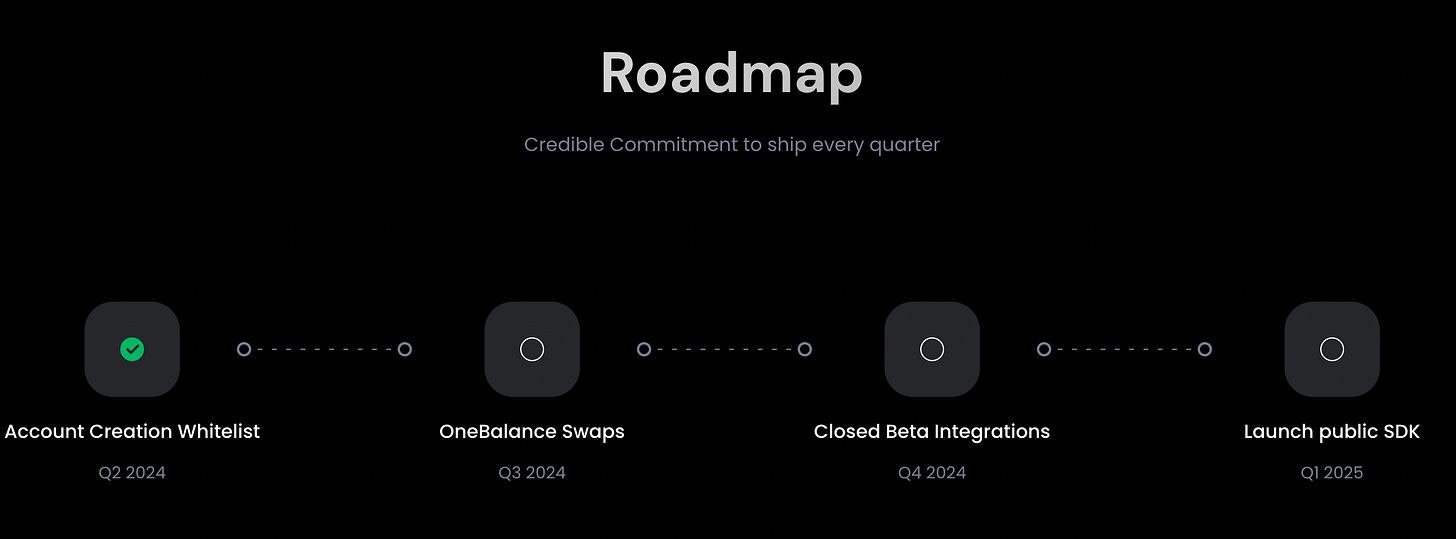【OneBalance】Framework for next generation Wallet model Credible Accounts / Good points of EOA and SCA / Achieve chain abstraction and gas abstraction / @OneBalance_io
EOA is 1.0, SCA is 2.0, Credible Accounts is 3.0 Wallet Model!
Good morning.
Mitsui from web3 researcher.
Today we researched OneBalance.
🟠What is OneBalance?
⚙️What are Credible Accounts, Wallet 3.0?
🍰Using Cake Framework to promote chain abstraction
💬How is chain abstraction achieved?
🟠What is OneBalance?
OneBalance is a new framework for Credible Accounts that allows users to operate across multiple blockchains with a single account.It solves the fragmented web3 user experience by combining chain abstraction, gas abstraction, and privilege management.
The technical details are a bit difficult to explain, so I will start with a brief overview and advantages.
◼️ Key Features
Unified account: manage multiple blockchain assets and data in a single account.
Simplified cross-chain transactions: Transactions between different blockchains will be simplified.For example, it becomes easier to purchase Solana NFTs with Ethereum assets.
Fast transactions: Transactions can be finalized instantly without waiting for traditional blockchain confirmation times.
Flexible permission management: Complex permission settings are possible, allowing different permissions to be set for different applications.
◼️ mechanism
OneBalance is based on two key concepts
Trusted Commitment Machine (CCM): The CCM is a special computer that securely manages the user's account information and processes transaction requests.
Resource Lock: This is a mechanism that allows users to temporarily lock their assets under certain conditions.This allows for complex transactions.
◼️ usage example
Let's say, for example, you have USDC in ethereum and you want to buy NFTs in Solana.
Deposit USDC into your OneBalance account.
Create a resource lock for the NFT purchase.
OneBalance's system will automatically move USDC to Solana to purchase the NFT.
The purchased NFTs will be added to your OneBalance account.
This entire process takes place almost instantaneously, without waiting for the traditional blockchain confirmation time.
Previously, transactions were largely time-consuming because they required bridging tokens one at a time and executing transactions one at a time.
That said, transactions are completed instantly when using a OneBalance account.
I will list what you can do again.
Consolidate balances from multiple chains into one balance: No need to manage chains to spend funds.All transactions in the blockchain space are performed by a single account.
Pay with any token in any chain, no bridge required: Solver accepts any token or coin as payment, bridge and gas paymentsCan be managed in the background.
Cross-chain gas abstraction: pay for a transaction with any token from your account, without considering the chain where the asset is located.
Request transactions that are simple, reliable and executed almost instantaneously:Because the wallet can programmatically issue transactions on any chain,Transactions can be initiated with voice commands and benefit from the execution speed and reliability of advanced solvers.
Give apps real, understandable permissions:The days of blind transaction signing are over.Users can manage and issue scoped permissions on how assets are used, chained, and who uses them.They can play games and make transactions without having to sign each time in the wallet.
Unmanaged:You can do all this while remaining completely unmanaged.
To summarize fairly well, "OneBalance" is a project that proposes a new account model "Credible Accounts" that enables chain abstraction.
⚙️What is Credible Accounts, Wallet 3.0?
Now, we will explain the technical background of the "Credible Accounts" proposed by "OneBalance".
As a reminder, the technical background is a bit difficult to understand, so we will limit ourselves to a brief overview here.The overview is based on the "OneBalance" side of the explanation.If you wish to understand the details, please click here.
Let me give you a brief overview.
First of all, "Credible Accounts" is a solution to the dilemma between the existing account model "EOA" and the expected account model "SCA (Smart Contract Account)" in the future.
EOA positions itself as Wallet 1.0, noting that although it is fast and inexpensive, EOA is external to the blockchain, so the chain cannot know which messages are being signed and cannot provide reliable commitments.
The subsequent Wallet 2.0, SCA, provides account abstraction features such as gas abstraction, but is expensive, slow in processing speed, and difficult to realize cross-chain transactions.
Therefore, we advocate "Credible Accounts," which combines the advantages of EOA and SCA and is positioned as Wallet 3.0.Credible Accounts" removes accounts from consensus, allowing for fast, inexpensive transactions with trusted commitments.
Well, I have written an overview, but I am sure many people are not familiar with it.As mentioned above, the two key concepts proposed by "Credible Accounts" are
Trusted Commitment Machine (CCM): The CCM is a special computer that securely manages the user's account information and processes transaction requests.
Resource Lock: This is a mechanism that allows users to temporarily lock their assets under certain conditions.This allows for complex transactions.
A CCM (Credible Commitment Machine) is a secure computer on which an account resides and is trusted to guarantee the valid issuance of resource locks and the verification of their fulfillment.In short, it is a secure computer that can programmatically issue and enforce commitments that are believable or "credible" to a third party observer.
This is a personal interpretation here, but the interesting thing about "Credible Accounts" is that it separates CCM from consensus.Normally, the trustworthiness of a blockchain can be trusted by third parties by tying consensus to it (which is an incentive for maliciousness < an incentive for profit), but "Credible Accounts" considers this to be separate.
I think the logic is that by defining CCMs with the consensus separated out, cross-chain transactions and inexpensive gas prices become possible.
It specifically defines four CCMs, and it was written that this area will change with the changing times.The point is that there needs to be a CCM, and any technical background can be used as long as it functions as a CCM.
And a resource lock is a trusted commitment made by the user to escrow some state when certain conditions are met or expire.
This is getting a bit convoluted, so I'll try to organize it.The following text may help you get the picture.
Each OneBalance account can be thought of as its own rollup.The account wraps individual user states from all chains and replicates them in a virtual environment.This virtual environment issues state transition requests as "resource locks" and executes those state transitions through cross-chain execution proofs.This virtual environment is protected by a trusted commitment machine.
Also, my interpretation is that this seems to be an effort to make the account a roll-up format.The roll-up involves recording and bundling transactions off-chain and committing the final part to L1.This off-chain management entity is meaningless if it is not trustworthy, so it can be implemented in a decentralized manner, and since it is bundled and committed, it provides inexpensive and fast transactions.
When this is done on an account basis, the transaction is managed with resource locking before the transaction is executed, and then it is bundled or combined and committed to multiple chains at once.The CCM is then present to ensure that the exchange is trustworthy.
The fact that CCM is not combined with consensus makes this possible, and I believe that cross-chain transactions can be realized at the account level.
I would describe "Credible Accounts" as making the previously protocol-centric web3 world account-centric.
🍰Using Cake Framework to promote chain abstraction
Now that we have explained the technical overview, it may have been a bit difficult.Let me explain a little more abstractly where we are going.
OneBalance is a spin-off of Frontier Research, an independent research group that publishes research, develops products, and organizes community events such as the Cake Working Group.
The Cake Working Group is an industry discussion group that organizes events and workshops on all aspects of chain abstraction and includes the following members
The reason why we call it the Cake Working Group is because we call the framework related to chain abstraction the "Cake Framework".It is so called because it represents the framework in which chain abstraction is realized, and it is hierarchically structured like a cake.
I won't go into a lengthy explanation of this framework, but to put it in a nutshell, the existence of the "Solver Layer" is what makes chain abstraction possible.
→For more details, see Introducing the CAKE framework.
What I am trying to say is that OneBalance is a spin-off company from Frontier Research, which hosts a working group that promotes chain abstraction, and OneBalance advocates "Credible Accounts", so naturally this "OneBalance" advocates "Credible Accounts", which is naturally influenced by the concept of the "Cake Framework".
Thus, the technology stack is such that "resource locking" exists under CCM, which is separated from consensus, and "resource locking" is tied to the solver network to achieve chain abstraction.
💬How is the chain abstraction achieved?
The final section is a discussion.
It may have been a little difficult to explain the technical background, and there may have been some parts that you did not understand.However, what I would like to convey is not a detailed technical explanation, but rather information that this kind of technology is beginning to emerge in web3.I hope that this information will be conveyed to you first.
This "OneBalance" recently raised $5M in an angel round and is quite promising.
I had originally seen the "Cake Framework" myself when I was studying Intent and was aware of Frontier Research.It is probably the most famous group in the study of chain abstraction, even globally.Anoma, famous for its intents, is also a member of this workgroup.
Since Frontier Research has released "OneBalance" with such great enthusiasm, we are quite excited about it.
Currently, it is only available to invite code holders and will gradually be released to the general public.
Personally, I am concerned about this "OneBalance," but I am also concerned about the events that are finally starting to release chain abstraction-based projects with concrete forms.
In a recent podcast, I mentioned that intents will be coming out in the form of more concrete products in the next 6 months to a year, as funding for intent-based projects is clearly increasing, and it seems that we are almost ready to experience chain abstraction, including intents.
In my role as a researcher, I research a variety of projects, so I try to understand the major trends along with understanding specific projects.On that basis, I am not sure how far "OneBalance" will bounce, but I was almost certain that the trend of chain abstraction would be coming soon.
The order is which project will win among the trends that come along, so no matter how good the project is, it will never penetrate the market unless the trend comes along first.Of course, there are projects like EigenLayer that create every trend, but it will not become a trend unless there is not only a single project, but there are projects that follow suit, and that project's proposal must be in demand by the market.
I wonder what the atmosphere will be like in this area. web3 is finally starting to be aware of mass adoption, and the wave of chain abstraction may be almost here, as the UX has become too complex with too many chains in disarray.
I will use "OneBalance" when it becomes available.
This is my research on "OneBalance"!
🔗Reference/Image Citation:HP / DOC / X
Disclaimer:I carefully examine and write the information that I research, but since it is personally operated and there are many parts with English sources, there may be some paraphrasing or incorrect information. Please understand. Also, there may be introductions of Dapps, NFTs, and tokens in the articles, but there is absolutely no solicitation purpose. Please purchase and use them at your own risk.
About us
🇯🇵🇺🇸🇰🇷🇨🇳🇪🇸 The English version of the web3 newsletter, which is available in 5 languages. Based on the concept of ``Learn more about web3 in 5 minutes a day,'' we deliver research articles five times a week, including explanations of popular web3 trends, project explanations, and introductions to the latest news.
Author
mitsui
A web3 researcher. Operating the newsletter "web3 Research" delivered in five languages around the world.
Contact
The author is a web3 researcher based in Japan. If you have a project that is interested in expanding to Japan, please contact the following:
Telegram:@mitsui0x
*Please note that this newsletter translates articles that are originally in Japanese. There may be translation mistakes such as mistranslations or paraphrasing, so please understand in advance.


